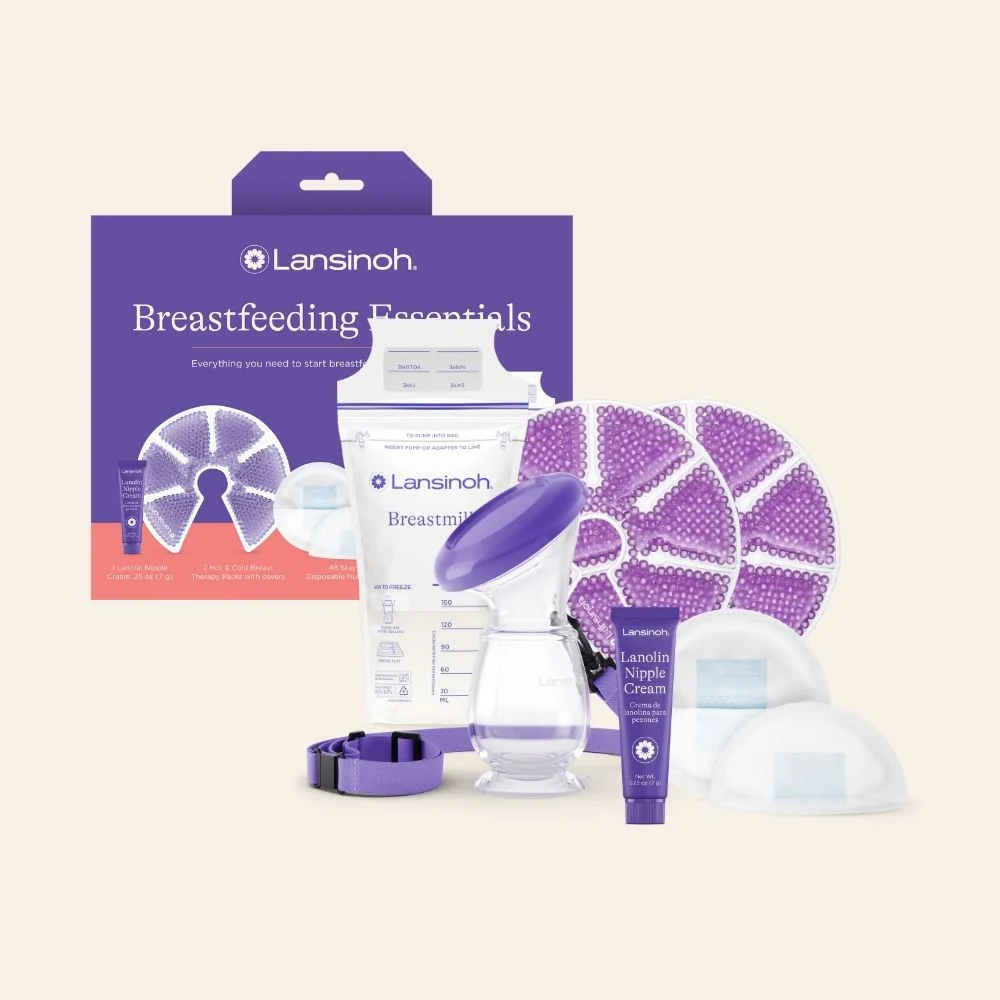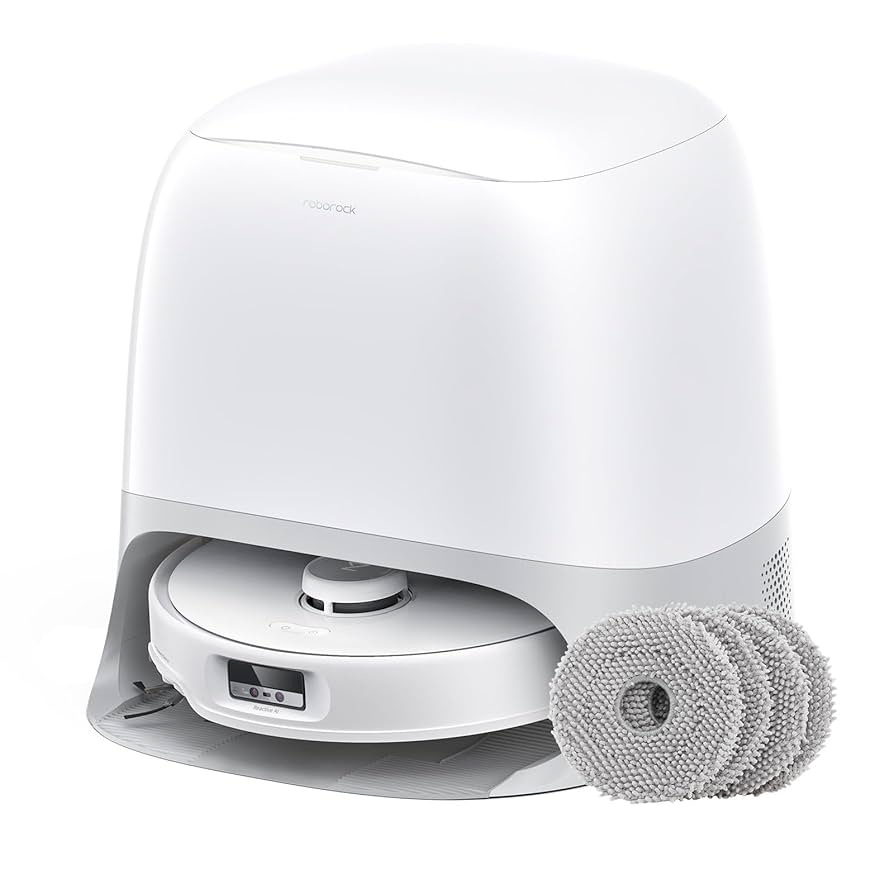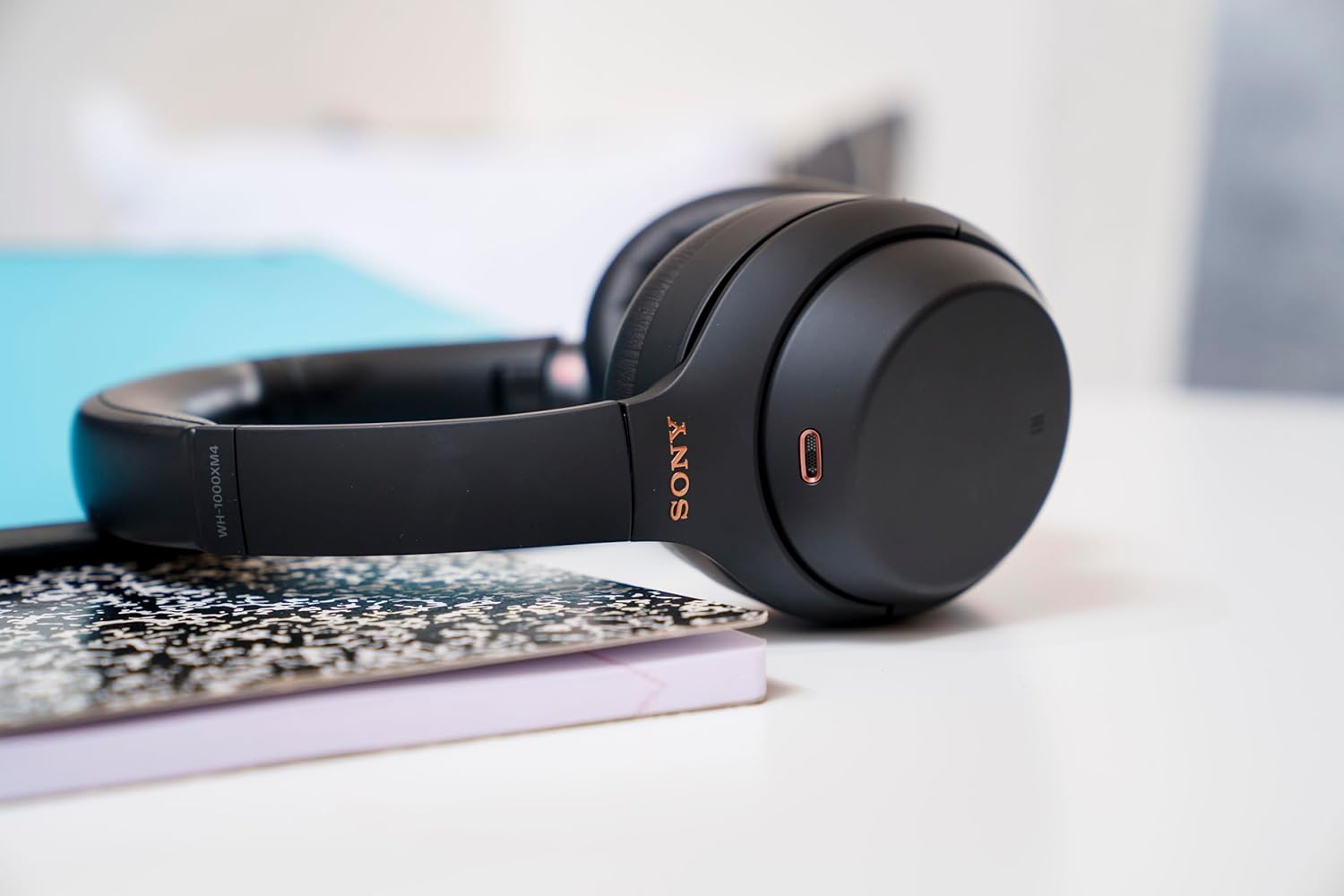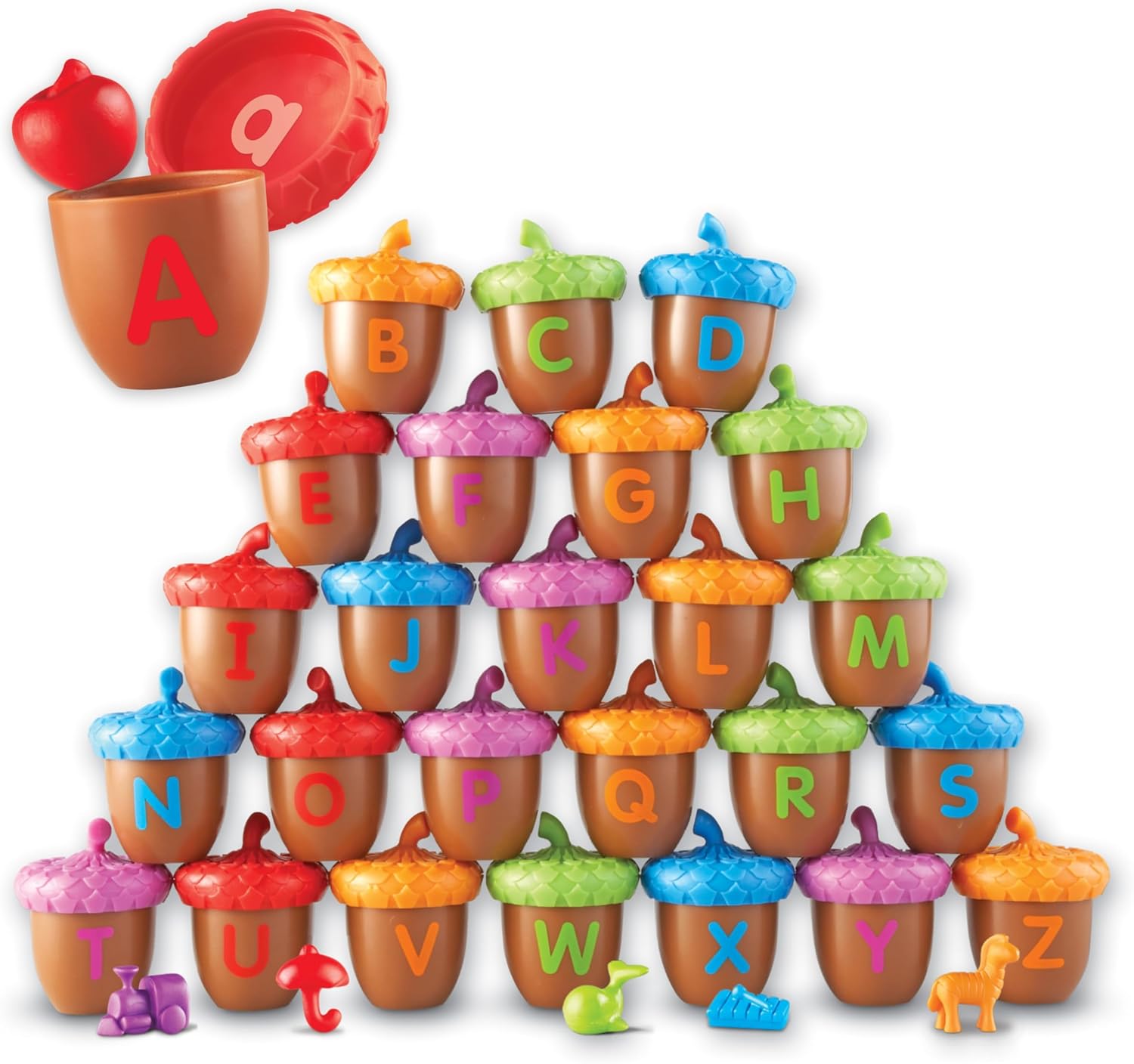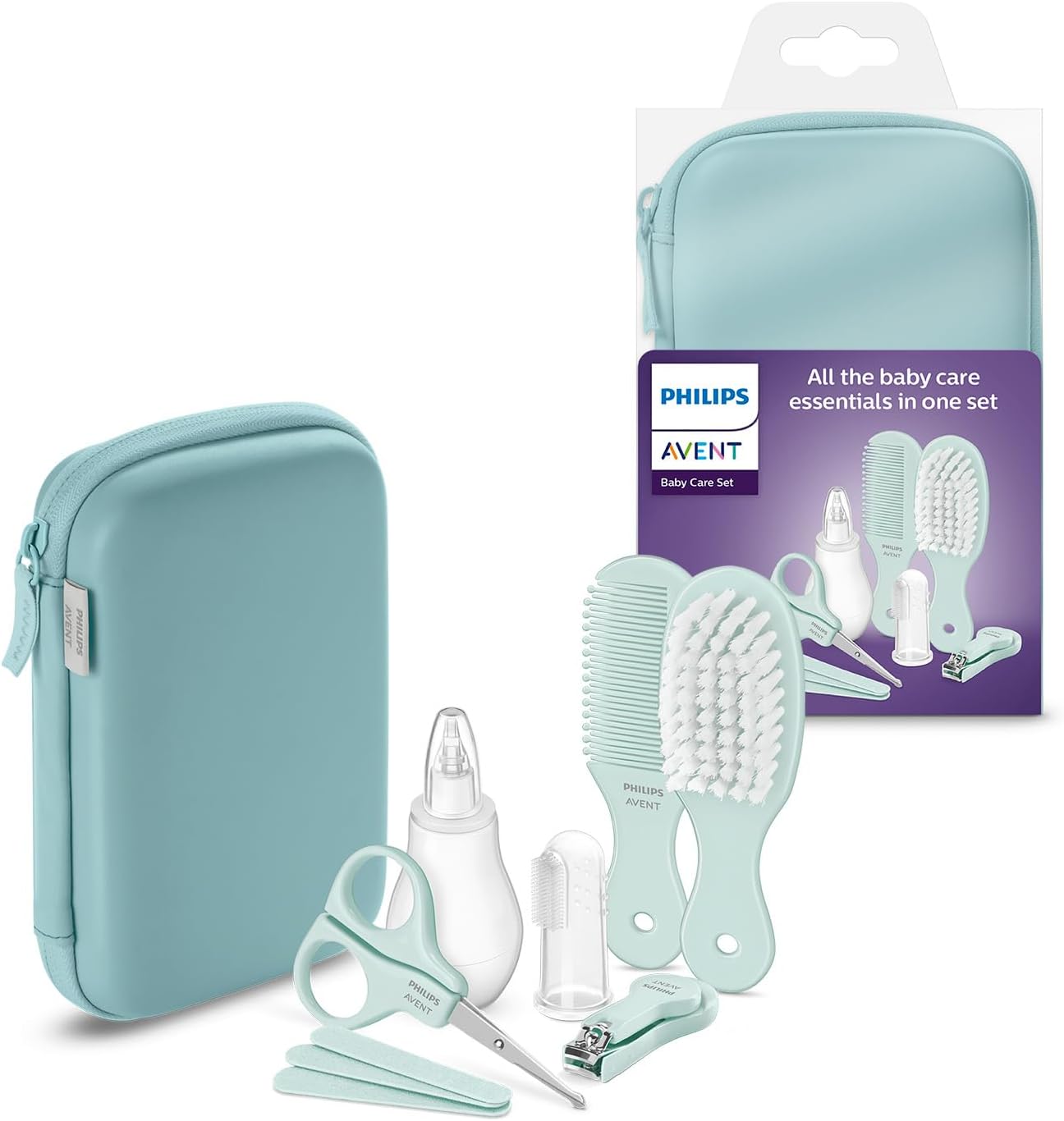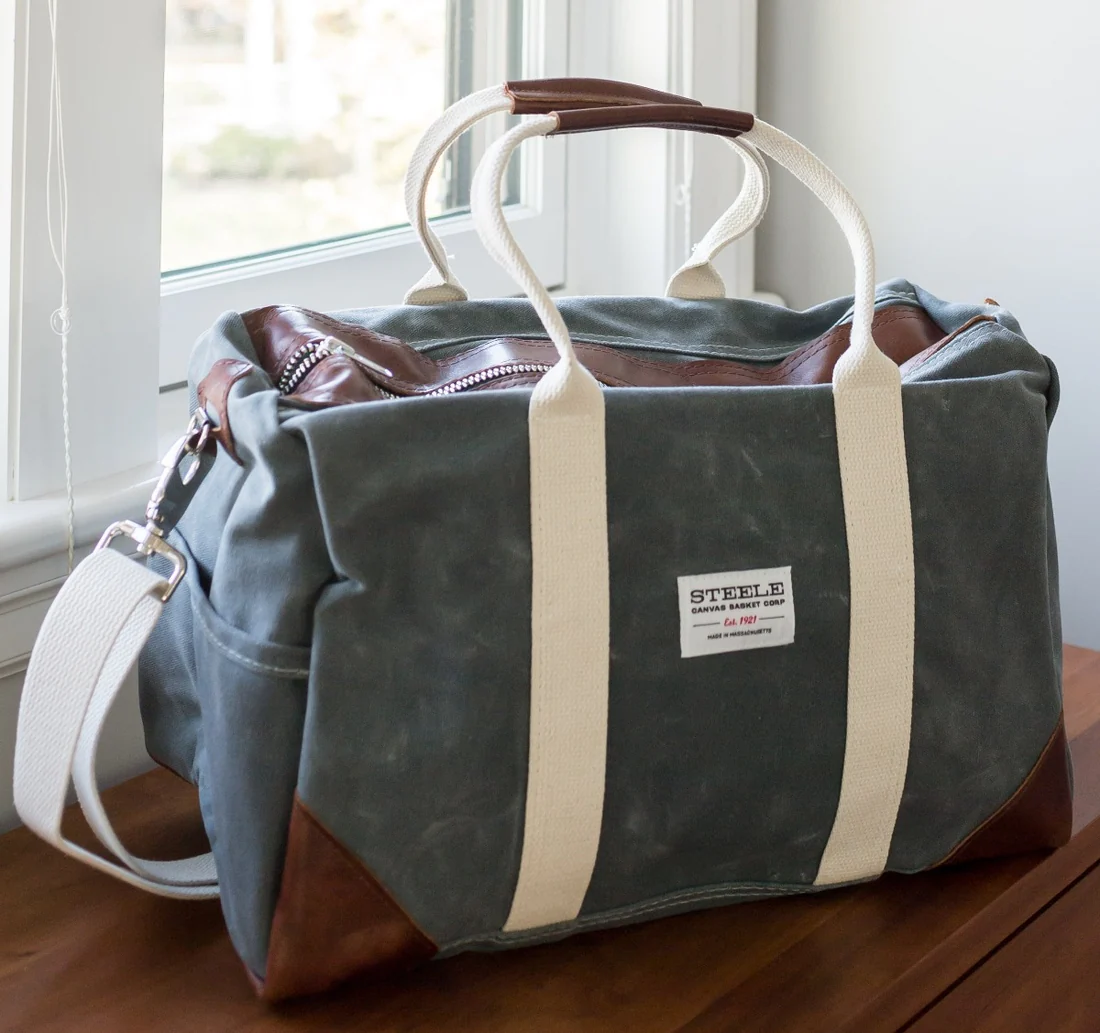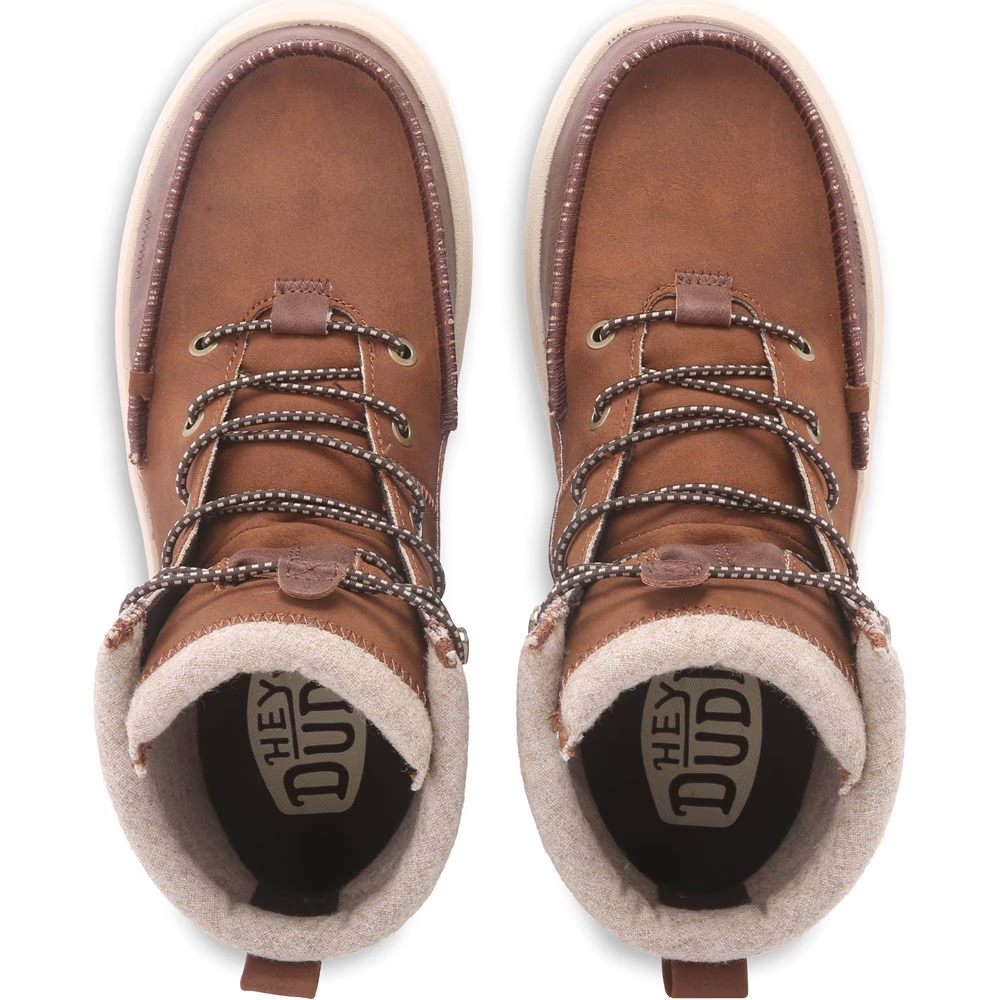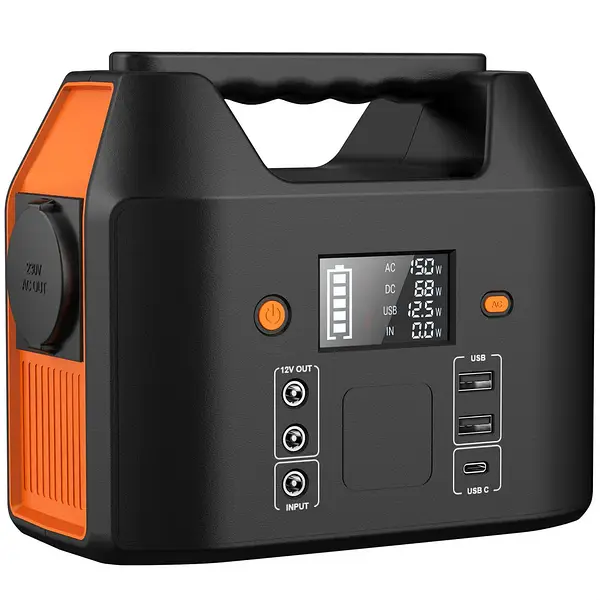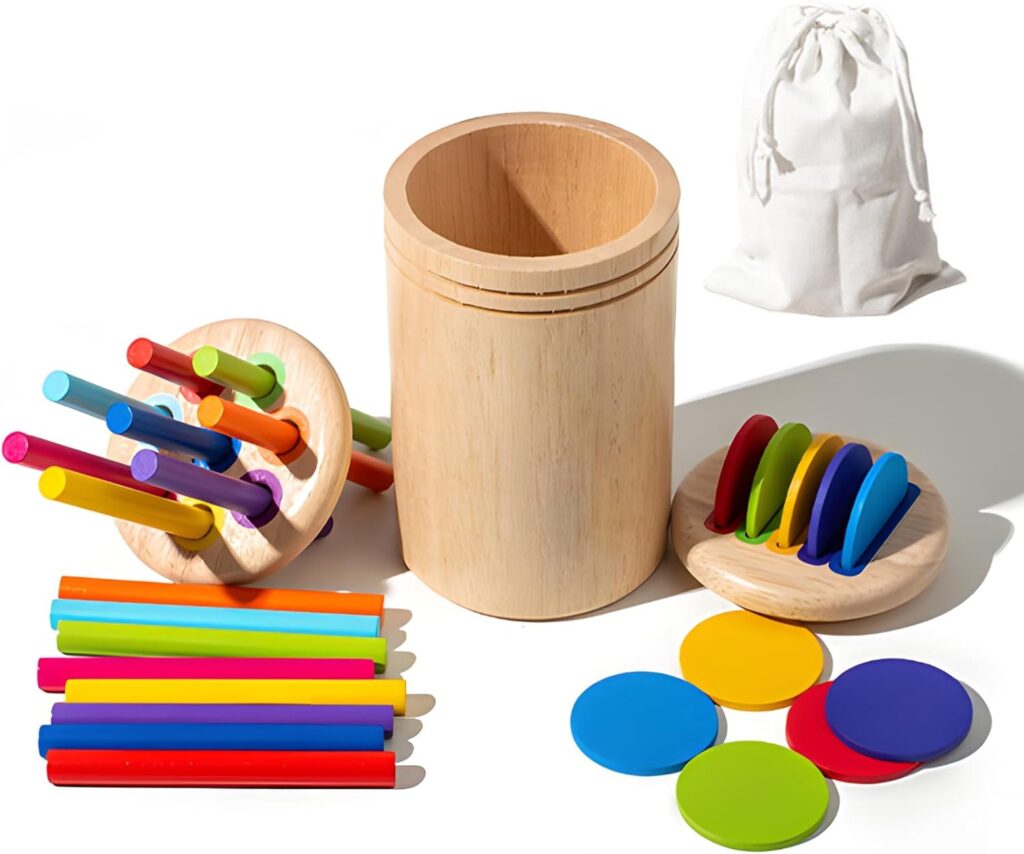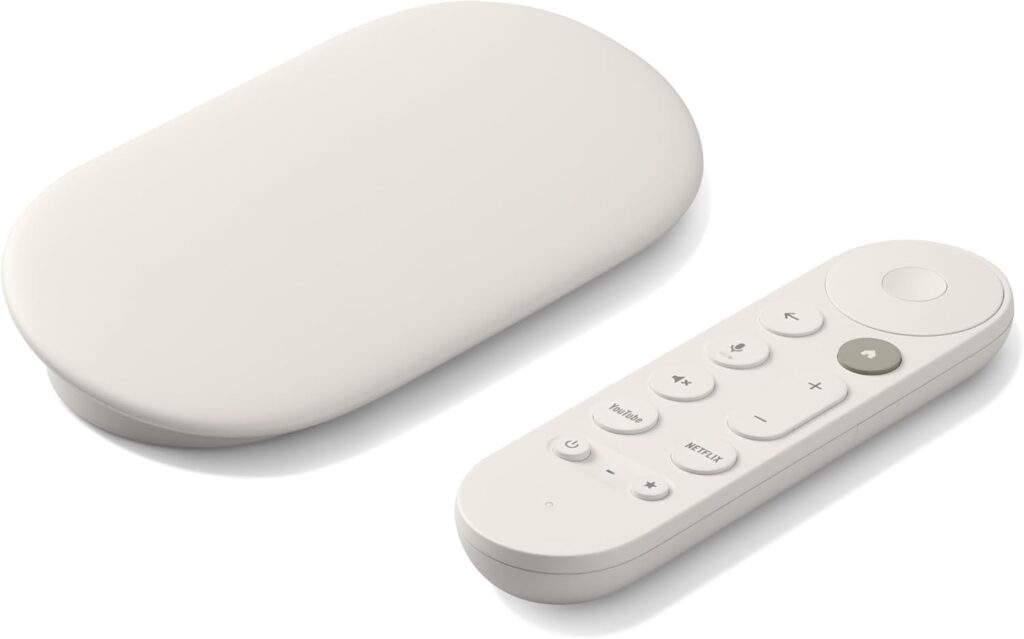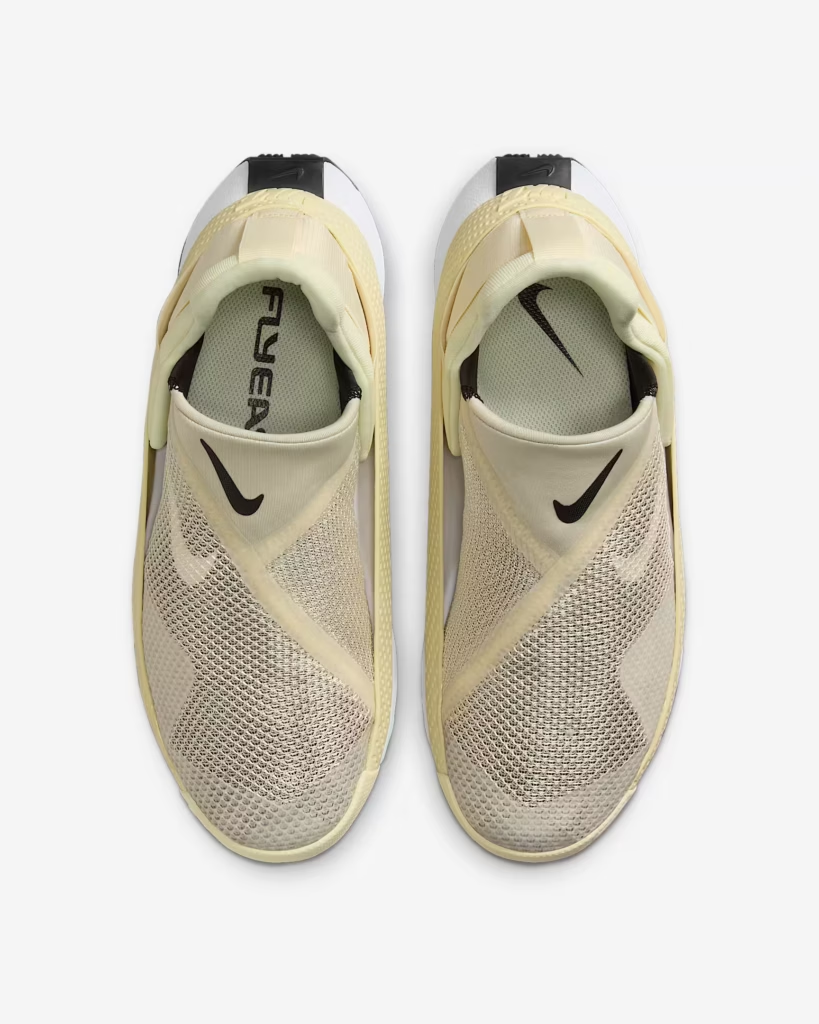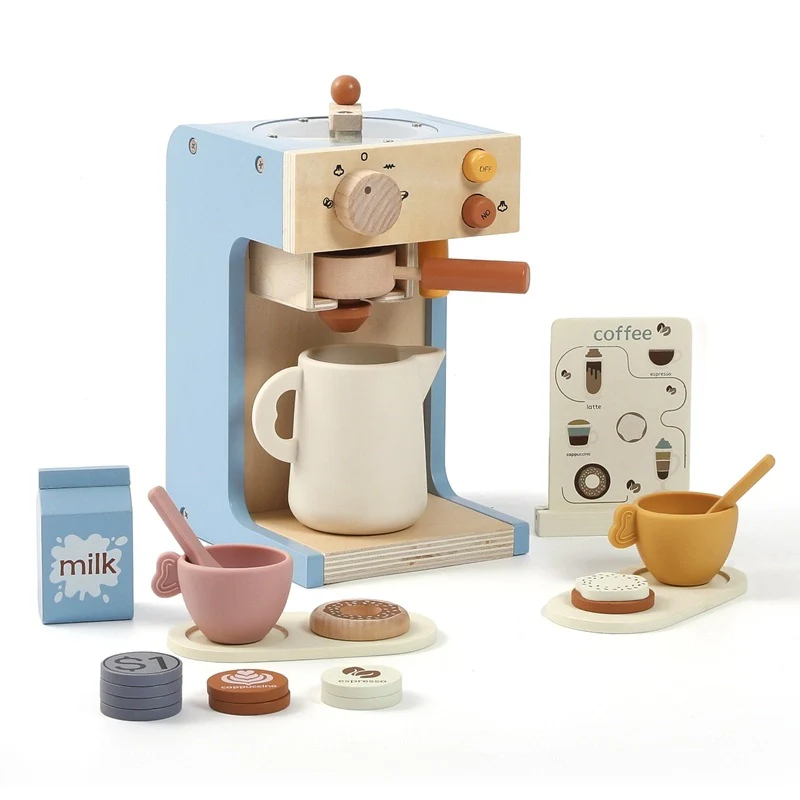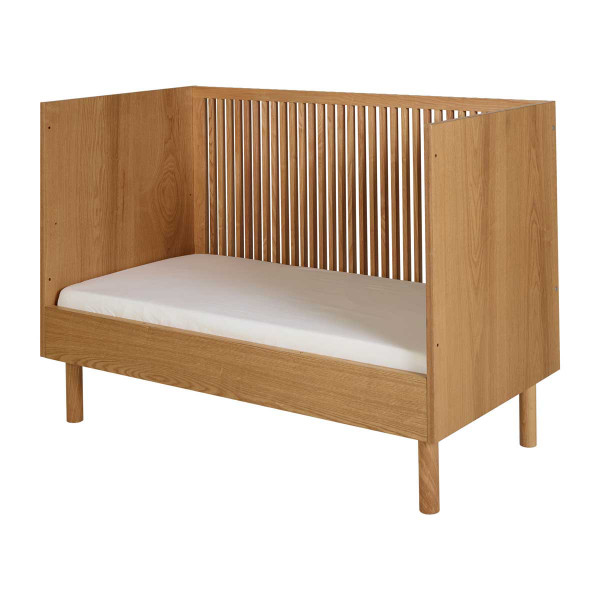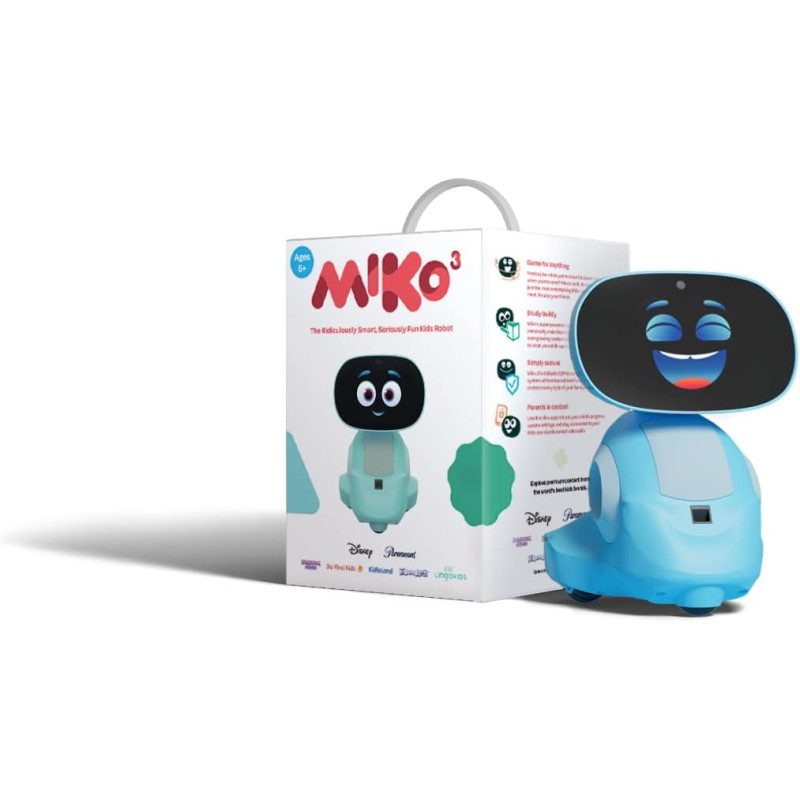Those first weeks with a newborn are full of small victories—five quiet minutes, a deeper latch, a workable nap. Breastfeeding doesn’t need to be another source of stress. With a few repeatable habits and the right tools within arm’s reach, you can turn feedings into a rhythm you look forward to rather than a puzzle you have to solve every time. This guide walks you through day-one setup, latch-friendly positions, soothing and recovery strategies between feeds, expression and storage basics, and a travel-ready plan for appointments or first outings—anchored by the Lansinoh Breastfeeding Essentials Kit.
Shop Lansinoh Breastfeeding Essentials Kit
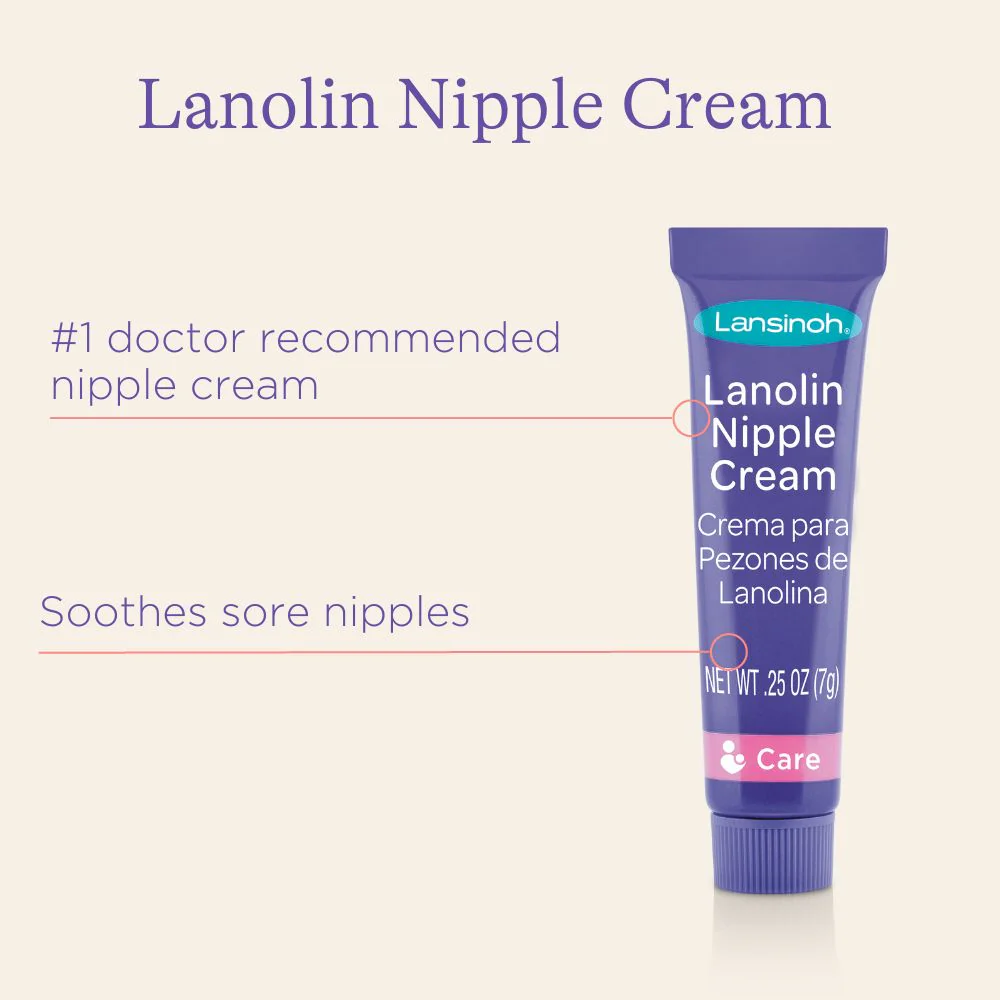
What’s Inside (and Why Each Piece Matters)
While bundles can vary, the Lansinoh Breastfeeding Essentials Kit typically brings together the tools new parents reach for most in weeks 1–6:
- Nipple Comfort Cream (lanolin-based): A thin layer after feeds helps maintain skin comfort in the early latch-learning days.
- Hot/Cold Therapy Packs (reusable): Warm before a feed to encourage let-down; cool after to soothe.
- Breast Milk Storage Bags: Ready for fridge or freezer to protect your “liquid gold” when you begin expressing.
- Nursing Pads (disposable or day/night styles): Keep tops dry between feeds and while your supply regulates.
These four categories cover 90% of early breastfeeding friction points: latch-related discomfort, slow let-down, leaks, and “where do I put this milk?”—so you’re supporting both comfort and continuity from the start.
The Day-One Setup: Create a Feeding “Micro-Station”
You don’t need a nursery overhaul—just a reliable, comfortable corner:
- Chair with support: Feet flat, back supported; add a pillow behind your lower back.
- Two pillows: One for your lap and one to support the elbow on the side you’re feeding from.
- Water + snack: Milk production is thirsty work.
- Burp cloth + nursing pads: Right within reach so you don’t need to get up mid-feed.
- The kit itself: Cream, therapy packs, and a small caddy for bags and pads.
Place everything in arm’s reach and you’ll prevent the most common early-days frustration: breaking a good latch to hunt for something.
Latch & Positions: A 3-Cue Checklist You Can Reuse
Every baby is different, but these three cues are reliable:
- Baby’s nose to nipple, tummy to tummy. Bring baby to you, don’t hunch to baby.
- Wide mouth, chin first. Wait for the “yawn” opening; lead with the chin so the lower jaw takes in more breast.
- Deep latch “pull,” not a pinch. You’ll feel tugging and see sustained swallows; pinching sensations may signal a shallow latch.
If latch feels tender during the learning curve, apply a rice-grain amount of comfort cream after the feed. In the first days, warm therapy for 5–10 minutes before latch can help encourage let-down; cooling after feeds can ease fullness.
Shop Lansinoh Breastfeeding Essentials Kit
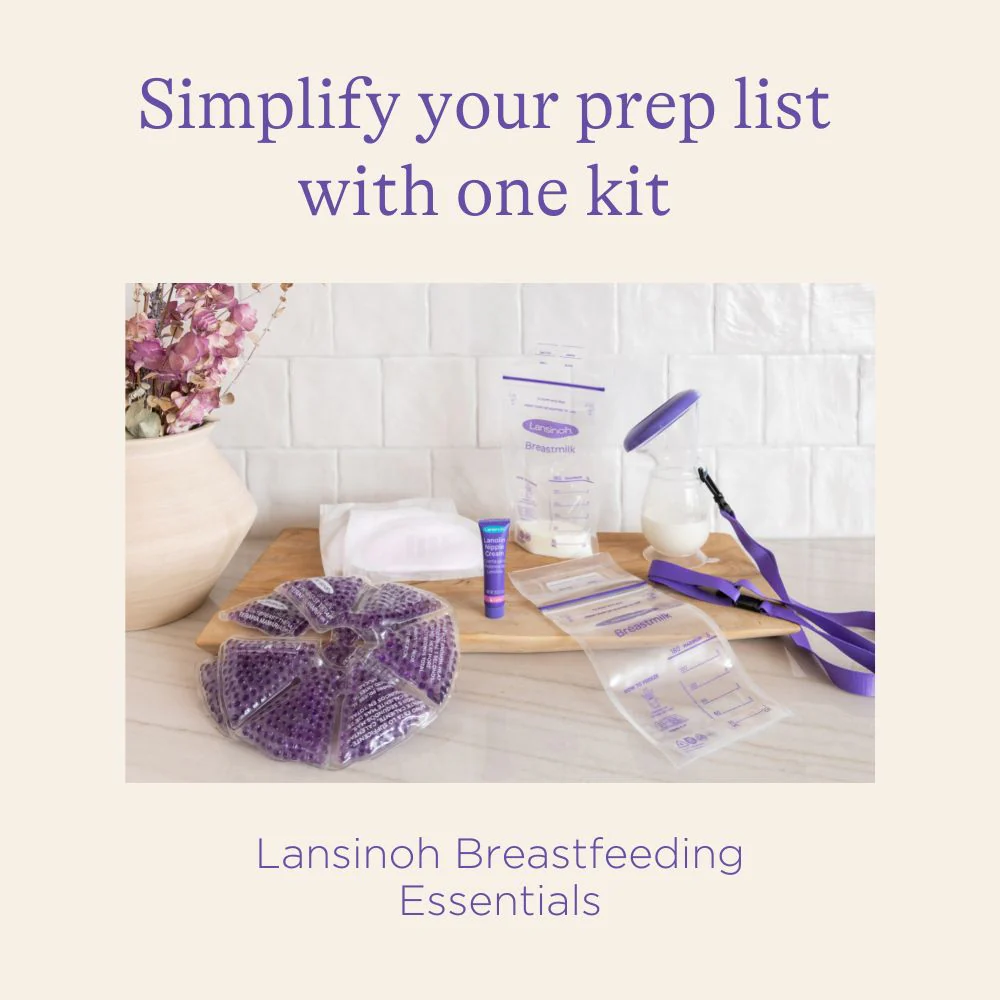
Early-Week Rhythm: “Offer, Alternate, Observe”
- Offer: Newborns feed often (frequently 8–12 times in 24 hours). Offer the first breast; switch when sucking slows.
- Alternate: Start the next feed on the opposite side to keep supply signals balanced.
- Observe: Watch baby’s swallowing and contented cues rather than the clock. Diaper counts help you gauge intake during the first week.
Between feeds, slip a nursing pad into your bra to stay comfortable and dry—this is especially helpful when supply is calibrating or when let-down triggers as you hear baby cry.
Expression: Hand, Manual, or Electric—Choose What Fits Your Day
You don’t need to pump immediately if you’re nursing directly, but it’s useful to know how to express when you want a break, are returning to work, or are building a small freezer stash.
- Hand expression: No equipment needed and gentle; great for softening the areola before latch if you’re engorged.
- Manual pump: Compact and quiet; useful for occasional bottles or when travel-light matters.
- Electric pump: Efficient for workplace pumping or establishing a routine schedule.
Whatever you use, pour expressed milk into the Breast Milk Storage Bags from your kit, label with date/time, and store promptly (see quick guide below). Keep bag boxes in the freezer door or pantry so you’re never hunting for them at 11 p.m.
Storage, Safe Handling & Thawing: The “Cool, Chill, Freeze” Flow
A simple memory aid for milk handling:
- Cool: Freshly expressed milk can sit at room temp for a limited window; when possible, cool quickly in the fridge.
- Chill: Refrigerate in the back (not the door) to minimize temperature swings.
- Freeze: Freeze flat in labeled Breast Milk Storage Bags to save space; store oldest milk in front so it’s used first.
For thawing, place a bag in the fridge overnight or hold under tepid running water. Swirl gently—don’t shake hard—to preserve texture. Always follow the guidance from your pediatric professional or lactation consultant for time limits and best practices in your region.
Managing Engorgement, Let-Down, and Tender Days
Early on, fullness can arrive fast. Here’s a comfort-first plan:
- Before a feed: Apply warm therapy packs for 5–10 minutes. Hand express a small amount if the areola is very firm.
- During the feed: Relax shoulders; deep breaths can help let-down.
- After the feed: If tender, cool therapy for short intervals. Apply a thin layer of cream as needed to maintain skin comfort.
If you experience persistent pain, fever, or symptoms of mastitis, consult a qualified healthcare provider promptly. Your comfort matters, and getting help early can keep your routine on track.
Shop Lansinoh Breastfeeding Essentials Kit

Night Feeds Without the Fumble: A Mini-Routine
- Stage the chair: Nightlight on, burp cloth and pads set, therapy packs pre-warmed in a safe sleeve or ready for a quick warm-up.
- Comfort cream within reach: A tiny amount after latch release, then back to bed.
- Water bottle + snack: Quick sips keep you steady—night feeds can sneak up on your energy.
This tiny prep reduces wake-time and helps you both settle back to sleep faster.
The Workday Plan: Pump, Store, and Keep It Moving
When you’re ready to be out and about:
- Morning feed at home: Nurse before you head out.
- Pump schedule: Aim for sessions aligned with baby’s feeding rhythm.
- Label on the spot: Write date/time on Breast Milk Storage Bags immediately—no “mystery milk.”
- Insulated transport: Use an ice pack in your cooler bag; refrigerate or freeze when you get home.
Consistency beats intensity: regular expression intervals are kinder to your body and your supply than long gaps and marathon sessions.
One Hybrid Block (Bullets + Guidance): Troubleshooter for Common Snags
- “Latch hurts after 30 seconds.” Pause, break suction with a clean finger, reposition to a deeper latch (chin first, wide mouth). Small adjustments make big differences.
- “Leaking between feeds.” Slip in nursing pads and change when damp to protect skin. Feeding or expressing a little sooner can help while supply calibrates.
- “Baby falls asleep quickly.” Try skin-to-skin, switch sides, or tickle feet gently. Warm therapy before the feed can nudge let-down.
- “I’m engorged and baby can’t latch.” Hand express briefly to soften the areola; then re-offer.
- “Clogged feeling.” Gentle massage toward the nipple during a warm shower or warm therapy before a feed may help. Persistent symptoms—reach out to a professional.
Hospital Bag & First-Outing Checklist (Micro but Mighty)
- In the hospital bag: Lip balm, water bottle, snacks, a soft robe, the Lansinoh Breastfeeding Essentials Kit, two nursing bras, and a handful of pads.
- For the diaper bag: A pair of nursing pads in a small pouch, one storage bag (for expressed milk if needed), hand sanitizer, and a lightweight cover or swaddle if you like privacy.
- For the car: An extra top for you—leaks happen—and a small cooler bag.
With these in place, you can feed with confidence anywhere, without last-minute scrambles.
Shop Lansinoh Breastfeeding Essentials Kit
Caring for Your Gear: Clean, Cool, Organized
- Therapy packs: Follow the warm/cool instructions; wipe clean between uses.
- Storage bags: Use once; lay flat in the freezer to save space.
- Nursing pads: Change when damp to keep skin comfortable; stash spares in each room you nurse in.
- Cream: A pea-sized amount goes a long way—keep the cap clean so it’s ready at 3 a.m.
Your Support Network: People, Not Just Products
Tools help—but people make the difference. Line up contact info for a lactation consultant, your pediatric practice, a local peer group, or a virtual support line. Share your feeding goals with your partner or support person so they can help with positioning setup, burping, and milk storage right from the start.
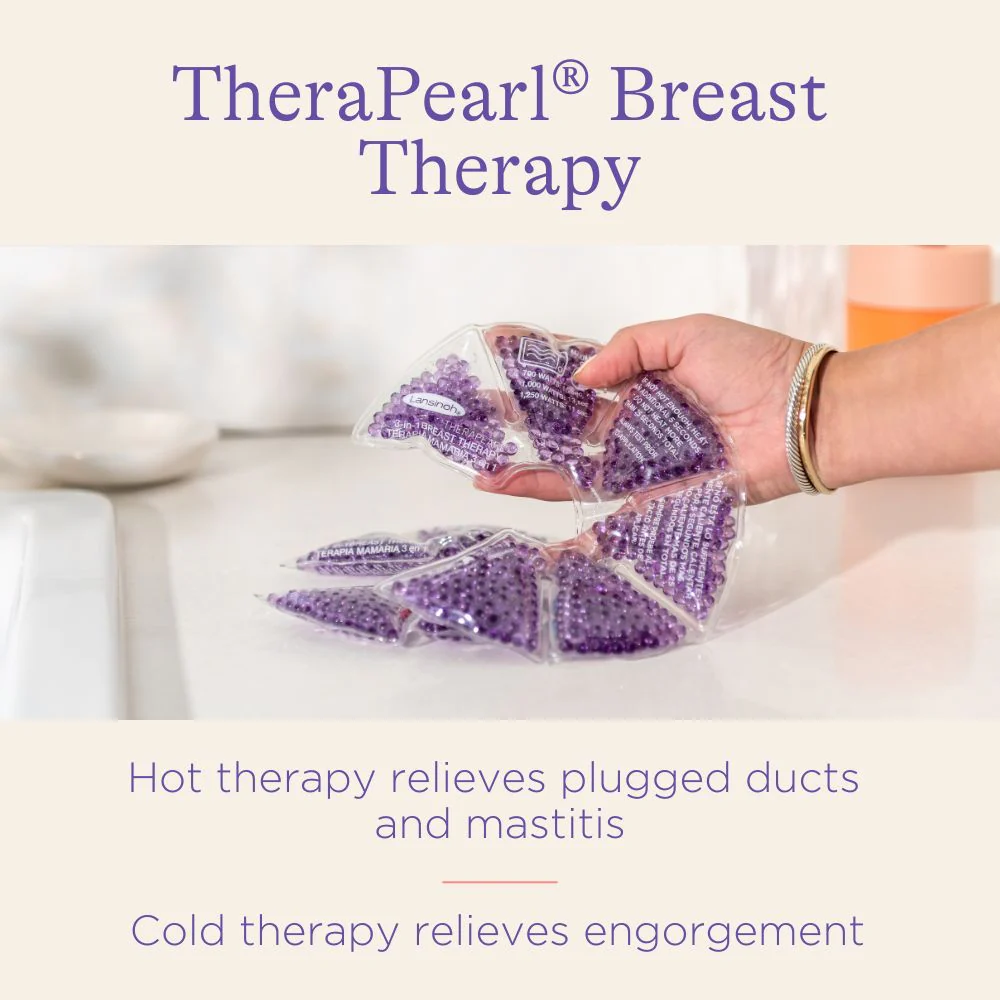
Conclusion
Breastfeeding is a skill you and your baby learn together—one feed at a time. When you control the controllables (a comfy chair, predictable setup, small soothing steps, simple storage), the path gets easier and more enjoyable. The Lansinoh Breastfeeding Essentials Kit removes friction from the moments that matter: supporting comfort at latch, offering warm/cool relief, catching leaks with pads, and giving you ready-to-label storage bags for every precious ounce. With a handful of repeatable habits and the right tools within reach, you’ll spend less time troubleshooting and more time soaking up the good stuff.
Shop Lansinoh Breastfeeding Essentials Kit
FAQ
- How soon should I start using the kit after birth?
You can use comfort cream and warm therapy from your first feeds if desired, then cool therapy after feeds for soothing. Nursing pads are helpful as supply calibrates in the first week. - Do I need to pump if I’m nursing directly?
Not necessarily. Many parents begin expressing later for flexibility or work. If and when you do, the storage bags in the kit make labeling and freezing simple. - How much cream should I apply?
A rice-grain amount after feeds is typically enough. More isn’t better—thin layers support comfort while letting skin breathe. - What’s the best way to thaw frozen milk?
In the fridge overnight or under tepid running water. Swirl gently to mix; avoid hard shaking. Always follow guidance from your pediatric professional or lactation consultant. - I leak between feeds—what helps?
Nursing pads protect clothing; change them when damp. Frequent, cue-based feeds and offering the fuller breast first may also help as supply regulates. - Can warm therapy increase comfort before pumping?
Yes—many people find a few minutes of warmth helps with let-down before nursing or pumping. Cool therapy after can ease tenderness. - How do I manage nighttime feeds without fully waking up?
Stage a simple station: nightlight, water, burp cloth, the kit within reach. A tiny post-feed cream application and quick cool therapy, if needed, can help you both settle faster. - When should I call for help?
If latch pain persists, you experience fever, or you notice signs of mastitis or clogged ducts that don’t ease, reach out to a qualified provider or lactation consultant promptly.

